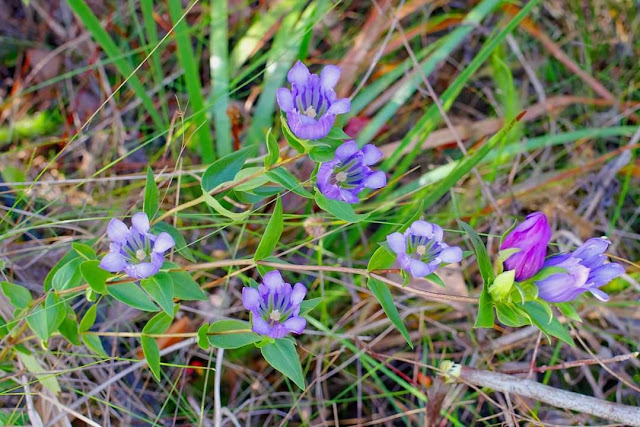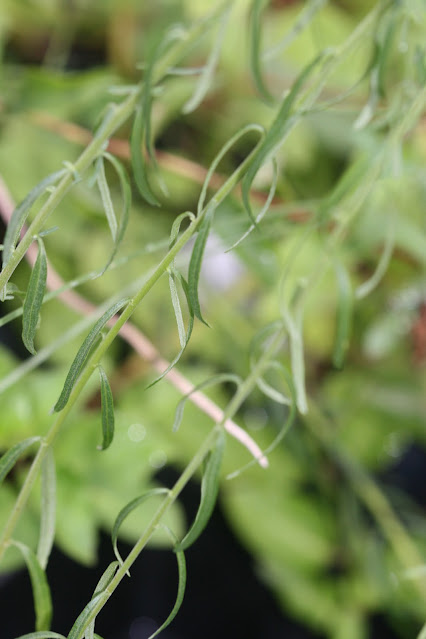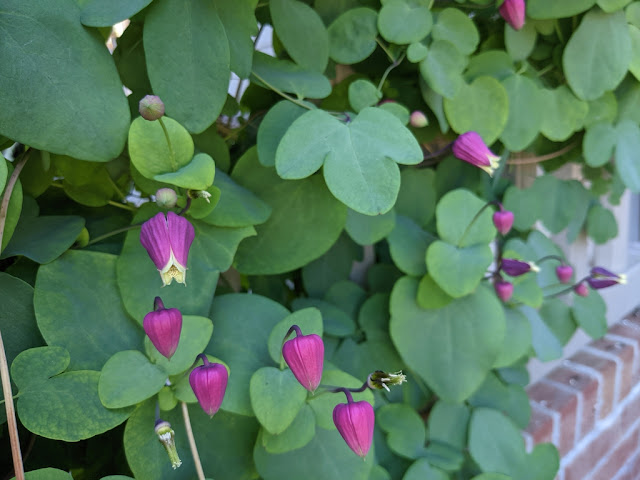Wiregrass gentian (Gentiana pennelliana) is a rare and endemic herbaceous perennial wildflower native to ten counties in the central Florida Panhandle. This state-listed endangered species is found in open moist habitats such as wet pine flatwoods, prairies, pitcher plant bogs, and seepage slopes. Like most wildflowers restricted to north Florida, it dies back to the ground in very late winter and reemerges shortly after. Its common name comes from its affinity to wet wiregrass prairies and not from its foliage.
Wiregrass gentian eventually reaches a mature height of about 1 inch with weak herbaceous stems produced from a woody node at the ground. The leaves are opposite, widely spaced along the stem, linear elliptic, and 1-1.5 inches long. They are difficult to find within the adjacent vegetation when the plant is not blooming.
The distinctive showy white tubular flowers are produced in early winter - well after most wildflowers have bloomed. It is at this time of year that this wildflower makes its presence known. A single bloom is produced at the tip of the stem. Each is 2 to nearly 3 inches long, with 5 bright white petals that flare outward from a green center. Between each petal is a fringed membrane.
Wiregrass gentian responds to fire like many species native to open graminoid-dominated systems. It is most commonly observed in these systems during its blooming season in the year following a prescribed burn or natural fire. I could find no information on its value to pollinators and the lateness of its blooming season in north Florida likely restricts the number of pollinators present to visit it. Although this is a beautiful wildflower, its restricted habitat needs do not make it a good candidate for home landscapes and it is not propagated by any nursery affiliated with FANN - the Florida Association of Native Nurseries. This is a plant to admire if encountered and left alone.
The above photos were taken by Steve Coleman and used with permission.



















































